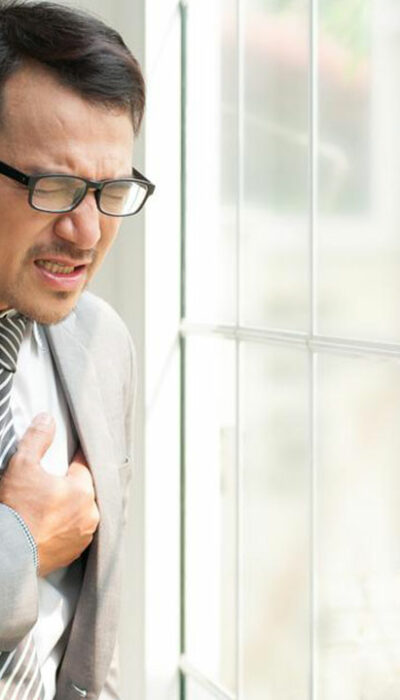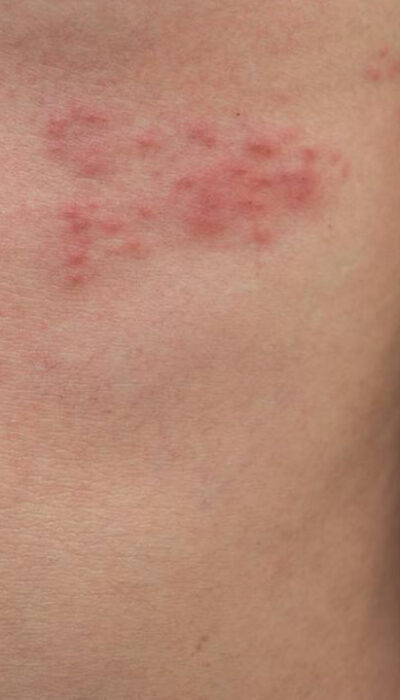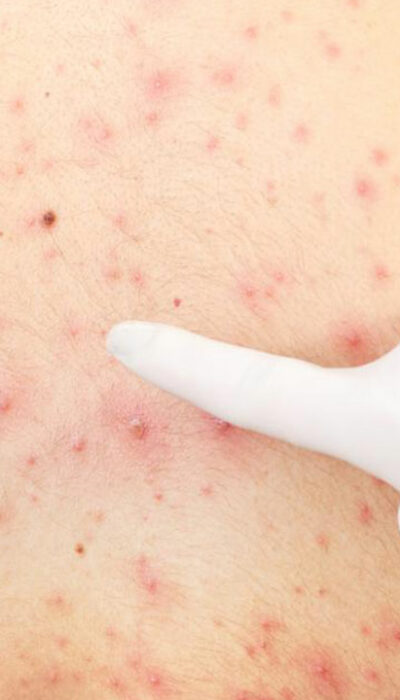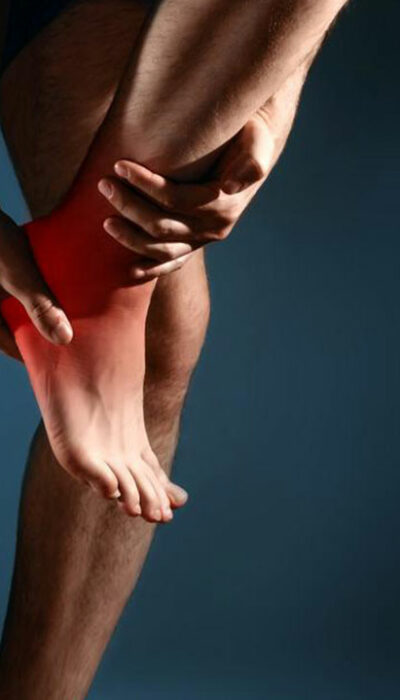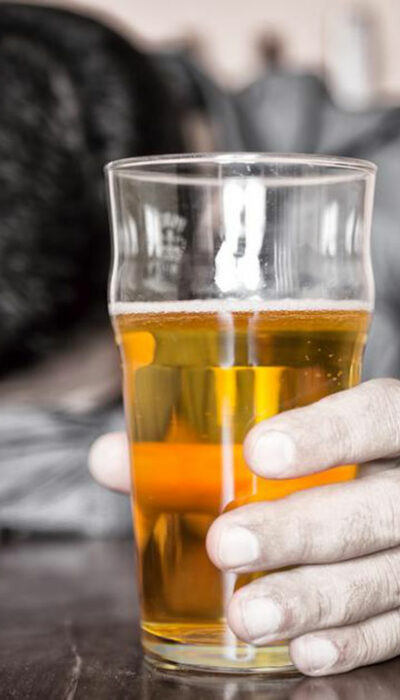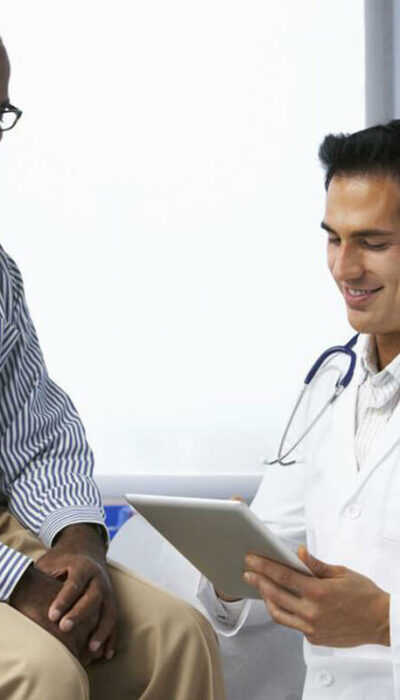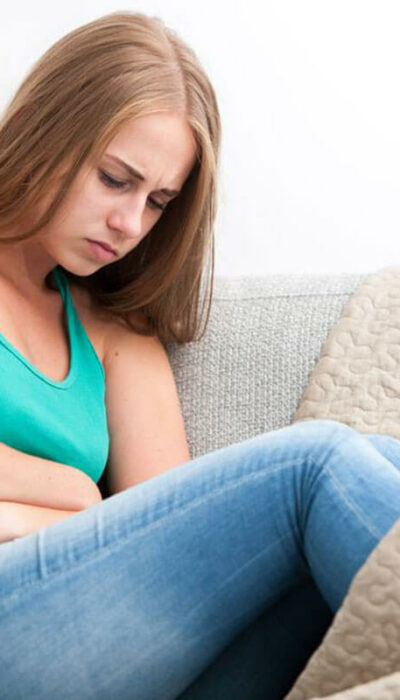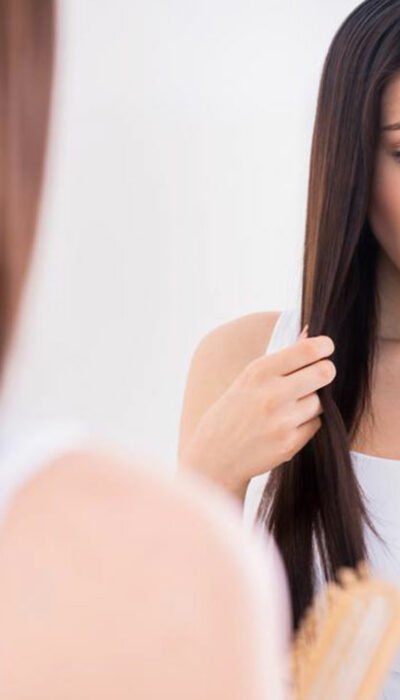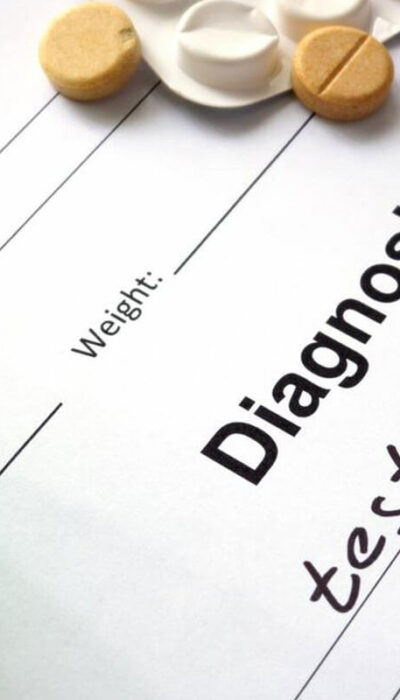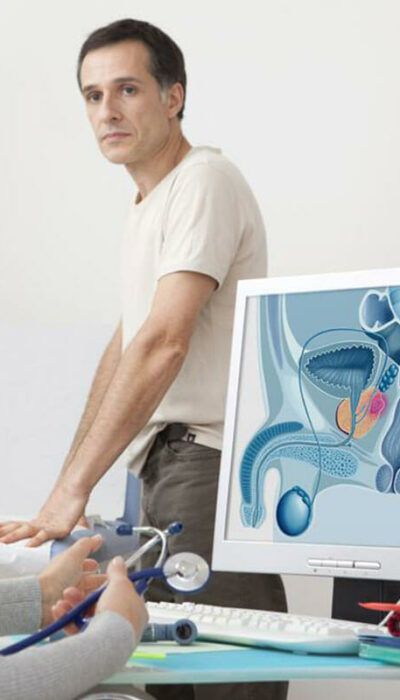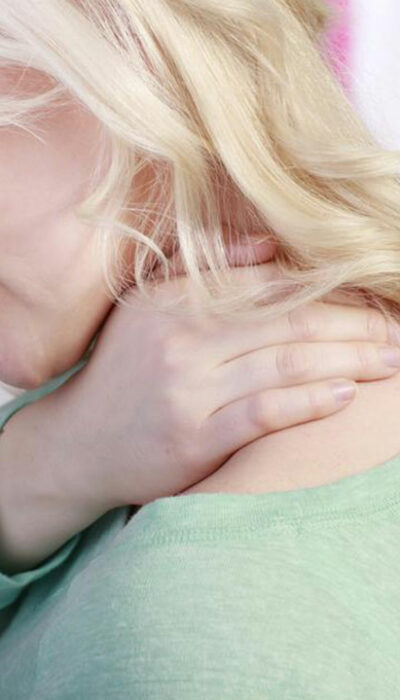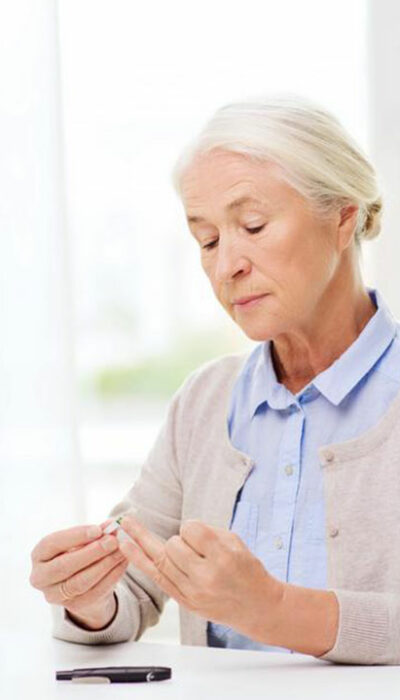
All You Need to Know about Diabetes Reversal Treatment
The term diabetes reversal refers to an improvement in the condition of your body’s insulin sensitivity that sustains over a long period. Type II Diabetes 90% of adults have type II diabetes that tends to develop later in life. In type II diabetes, the body fails to produce enough insulin to cope up with the glucose levels in the body. As the body cells don’t react to the insulin, glucose remains in the bloodstream, which cannot be used to fuel energy. Type II diabetes mostly ends up becoming a chronic health condition that cannot be cured once it develops. It can only be supervised and managed by combining medication with a healthy lifestyle. Diabetes and fat Eating and drinking more calories than required by the body leads to excess calories that get stored as fat in the liver and under the skin in the abdomen – visceral fat. This visceral fat is a common factor that puts you at a high risk of developing type II diabetes. The fat build-up in the liver extends over into the pancreas eventually. Over time this fat accumulation becomes a hindrance to the organ’s functioning and prevents the pancreas from releasing insulin after meals. This is why, obesity is a more common cause of type II diabetes, which turns into a vicious circle of cause and effect. The pressure on the Pancreas to keep producing extra insulin damages the insulin-producing beta cells. Damage to the beta cells renders the pancreas unfit to keep sugar levels in check, and this turns into a chronic disease. It damages the kidneys, eye retinas and other organs over the passage of time. Diabetes reversal treatment The research for a cure to beat diabetes is still in its infancy, but there seem to be motivating developments in stopping the symptoms of type II diabetes.
